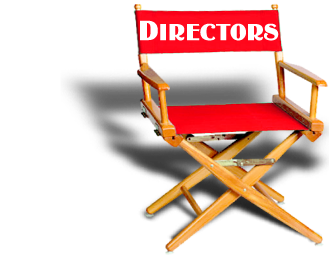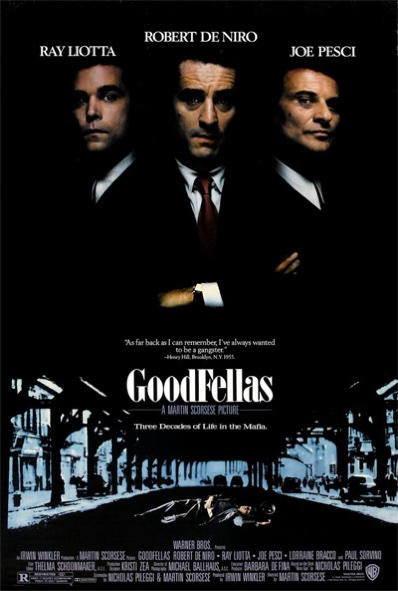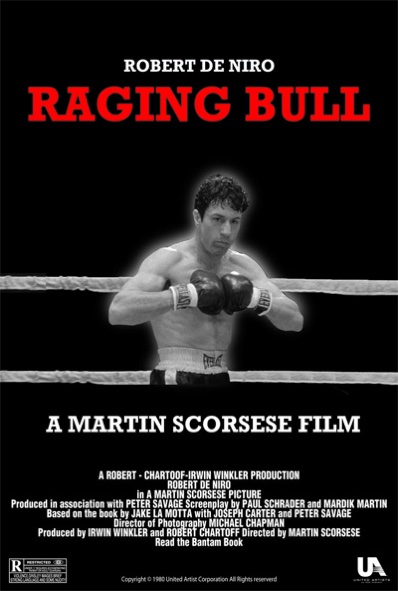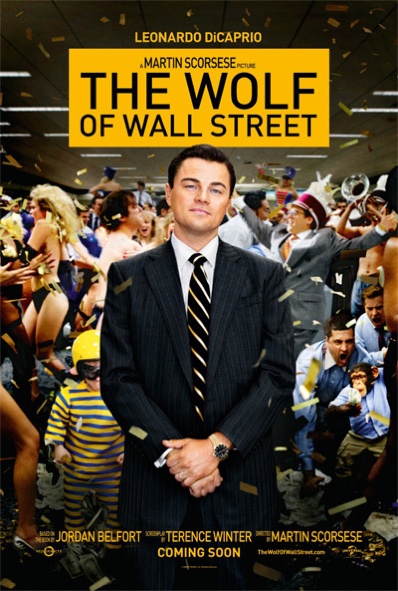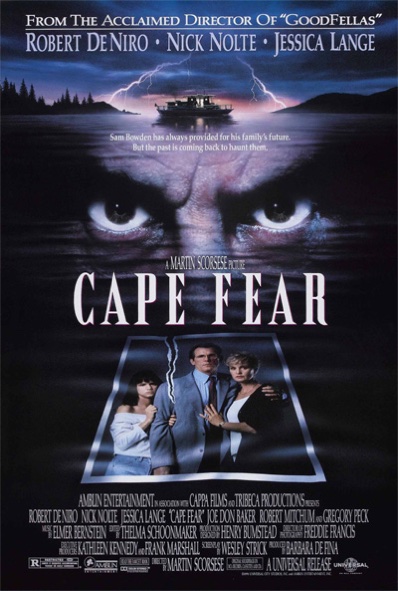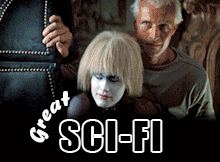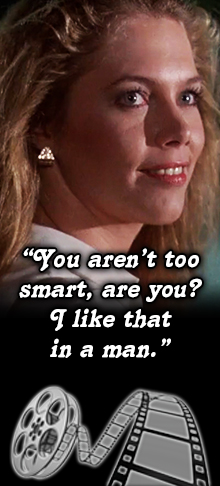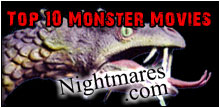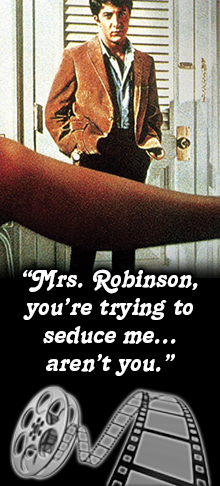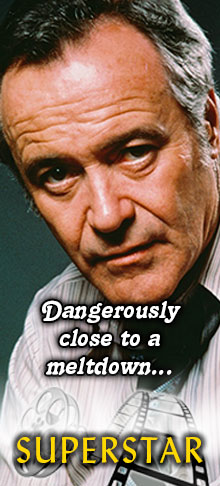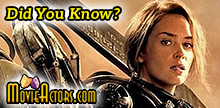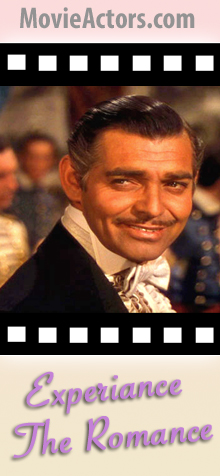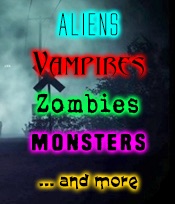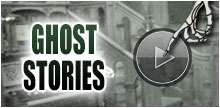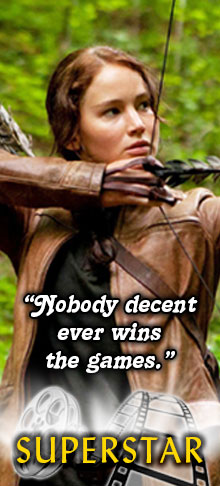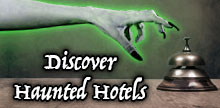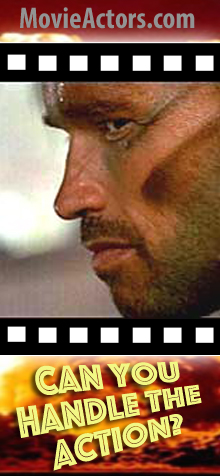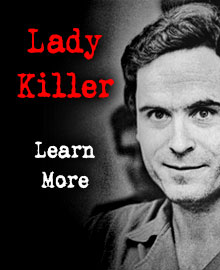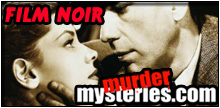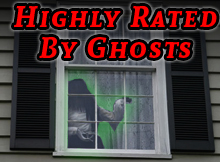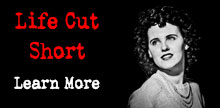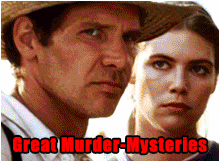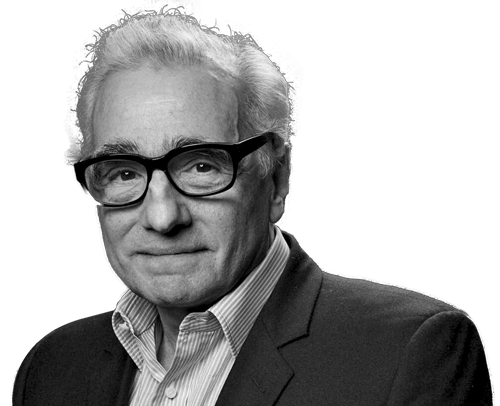
Martin Scorsese
Best known for directing such landmark films as Mean Streets (1973), Taxi Driver (1976), Raging Bull (1980), Goodfellas (1990) and Casino (1995). Universally considered one of Hollywood’s greatest directors, Scorsese has collaborated with acting legends Robert De Niro and Leonardo DiCaprio on many of his films.
Martin Charles Scorsese was born in Queens, New York. His family moved to the Little Italy section of Manhattan before he started school. His father, Charles Scorsese (1913–93), and mother, Catherine Scorsese (born Cappa; 1912–97), both worked in New York’s Garment District. His father was a clothes presser and an actor, and his mother was a seamstress and an actress. As a boy he had asthma and could not play sports or do any activities with other children and so his parents and his older brother would often take him to movie theaters; it was at this stage in his life that he developed a passion for cinema.
His initial desire to become a priest while attending Cardinal Hayes High School in the Bronx gave way to cinema and consequently, Scorsese enrolled in NYU’s University College of Arts and Science, where he earned a B.A. in English in 1964. He went on to earn his M.F.A. from NYU’s School of the Arts in 1966.
In 1967, Scorsese made his first feature-length film, the black and white I Call First, which was later retitled Who’s That Knocking at My Door with his fellow students actor Harvey Keitel and editor Thelma Schoonmaker, both of whom became long-term collaborators.
Scorsese became friends with the influential “movie brats” of the 1970s: Brian De Palma, Francis Ford Coppola, George Lucas and Steven Spielberg. It was Brian De Palma who introduced Scorsese to Robert De Niro. During this period he worked as the assistant director and one of the editors on the documentary Woodstock (1970) and met actor–director John Cassavetes, who would also go on to become a close friend and mentor.
In 1972, Scorsese made the Depression-era exploiter Boxcar Bertha for B-movie producer Roger Corman, who also helped directors such as Francis Ford Coppola, James Cameron, and John Sayles launch their careers. It was Corman who taught Scorsese that entertaining films could be shot with very little money or time, preparing the young director well for the challenges to come with Mean Streets. Following the film’s release, Cassavetes encouraged Scorsese to make the films that he wanted to make, rather than someone else’s projects.
Championed by influential film critic Pauline Kael, Mean Streets was a breakthrough for Scorsese, De Niro, and Keitel. By now the signature Scorsese style was in place: macho posturing, bloody violence, Catholic guilt and redemption, gritty New York locale (though the majority of Mean Streets was actually shot in Los Angeles), rapid-fire editing and a soundtrack with contemporary music. Although the film was innovative, its wired atmosphere, edgy documentary style, and gritty street-level direction owed a debt to directors Cassavetes, Samuel Fuller and early Jean-Luc Godard.
In 1974, actress Ellen Burstyn chose Scorsese to direct her in Alice Doesn’t Live Here Anymore, for which she won an Academy Award for Best Actress. Although well regarded, the film remains an anomaly in the director’s early career as it focuses on a central female character. Returning to Little Italy to explore his ethnic roots, Scorsese next came up with Italianamerican, a documentary featuring his parents Charles and Catherine Scorsese.
Taxi Driver followed in 1976 — Scorsese’s dark, urban nightmare of one lonely man’s slow descent into insanity. The film established Scorsese as an accomplished filmmaker. The film starred Robert De Niro as the troubled and psychotic Travis Bickle. The film co-starred Jodie Foster in a highly controversial role as an underage prostitute, and Harvey Keitel as her pimp, Matthew, called “Sport”. Taxi Driver also marked the start of a series of collaborations between Scorsese and writer Paul Schrader. Already controversial upon its release, Taxi Driver hit the headlines again five years later, when John Hinckley, Jr. made an assassination attempt on then-president Ronald Reagan. He subsequently blamed his act on his obsession with Jodie Foster’s Taxi Driver character (in the film, De Niro’s character, Travis Bickle, makes an assassination attempt on a senator). Taxi Driver received four Oscar nominations, including Best Picture.
The critical success of Taxi Driver encouraged Scorsese to move ahead with his first big-budget project: the highly stylized musical New York, New York. This tribute to Scorsese’s home town and the classic Hollywood musical was a box-office failure. The film was the director’s third collaboration with Robert De Niro, co-starring with Liza Minnelli. It is best remembered today for the title theme song, which was popularized by Frank Sinatra.
By several accounts (Scorsese’s included), Robert De Niro practically saved Scorsese’s life when he persuaded Scorsese to kick his cocaine addiction to make his highly regarded film Raging Bull. Convinced that he would never make another movie, he poured his energies into making this violent biopic of middleweight boxing champion Jake LaMotta, calling it a Kamikaze method of film-making. It received eight Oscar nominations, including Best Picture, Best Actor for Robert De Niro, and Scorsese’s first for Best Director. De Niro won, as did Thelma Schoonmaker for editing, but Best Director went to Robert Redford for Ordinary People.
Scorsese’s next project was his fifth collaboration with Robert De Niro, The King of Comedy (1983). It is a satire on the world of media and celebrity, whose central character is a troubled loner who ironically becomes famous through a criminal act (kidnapping). It failed at the box office, but has become increasingly well regarded by critics.
With After Hours (1985) Scorsese shifted back to a pared-down, almost “underground” film-making style. Filmed on an extremely low budget, on location, and at night in the SoHo neighborhood of Manhattan, the film is a black comedy about one increasingly misfortunate night for a mild New York word processor (Griffin Dunne) and featured cameos by such disparate actors as Teri Garr and Cheech and Chong.
Along with the 1987 Michael Jackson music video “Bad,” in 1986 Scorsese made The Color of Money, a sequel to the much admired Robert Rossen film The Hustler (1961) with Paul Newman, which co-starred Tom Cruise. Although adhering to Scorsese’s established style, The Color of Money was the director’s first official foray into mainstream film-making. The film finally won actor Paul Newman an Oscar and gave Scorsese the clout to finally secure backing for a project that had been a longtime goal for him: The Last Temptation of Christ.
In 1983, Scorsese began work on a long-cherished personal project, The Last Temptation of Christ, based on the 1951 novel by Nikos Kazantzakis. Barbara Hershey recalls introducing Scorsese to the book while they were filming Boxcar Bertha. Even prior to its release the film caused a massive furor, worldwide protests against its blasphemy, effectively turning a low budget independent movie into a media sensation. Most controversy centered on the final passages of the film, which depicted Christ marrying and raising a family with Mary Magdalene in a Satan-induced hallucination while on the cross.
Along with directors Woody Allen and Francis Ford Coppola, in 1989 Scorsese provided one of three segments in the portmanteau film New York Stories, called “Life Lessons”.
After a decade of mostly mixed results, gangster epic Goodfellas (1990) was a return to form for Scorsese and his most confident and fully realized film since Raging Bull. De Niro and Joe Pesci offered a virtuoso display of the director’s bravura cinematic technique in the film and re-established, enhanced, and consolidated his reputation. The film was nominated for six Academy Awards, including Best Picture and Best Director, Scorsese earned his third Best Director nomination for Goodfellas but again lost to a first-time director, Kevin Costner (Dances with Wolves). Joe Pesci earned the Academy Award for Best Supporting Actor. The American Film Institute put Goodfellas at No. 94 on the AFI’s 100 Years…100 Movies list.
1991 brought Cape Fear, a stylized thriller taking its cues heavily from Alfred Hitchcock and Charles Laughton’s The Night of the Hunter (1955). Cape Fear received a mixed critical reception and was lambasted in many quarters for its scenes depicting misogynistic violence. It garnered two Oscar nominations. Earning $80 million domestically, it stood as Scorsese’s most commercially successful release until The Aviator (2004), and then The Departed (2006).
The Age of Innocence (1993) was a significant departure, a period adaptation of the Edith Wharton novel about the constrictive high society of late-19th century New York. It was highly lauded by critics but was a box office bomb, making an overall loss. The film earned five Academy Award nominations (including for Scorsese for Best Adapted Screenplay), winning the Costume Design Oscar. This was his first collaboration with the Academy Award–winning actor Daniel Day-Lewis, with whom he would work again in Gangs of New York.
1995’s expansive Casino, like The Age of Innocence before it, focused on a tightly wound male whose well-ordered life is disrupted by the arrival of unpredictable forces. The fact that it was a violent gangster film made it more palatable to fans. Casino was a box office success, but the film received mixed notices from critics. In large part this was due to its huge stylistic similarities to Goodfellas, and its excessive violence that garnered it a reputation as possibly the most violent American gangster film ever made. Indeed, many of the tropes and tricks of the earlier film resurfaced more or less intact, most obviously the casting of both Robert De Niro and Joe Pesci, Pesci once again playing an unbridled psychopath. Sharon Stone was nominated for the Best Actress Academy Award.
If The Age of Innocence alienated and confused some fans, then Kundun (1997) went several steps further, offering an account of the early life of Tenzin Gyatso, the 14th Dalai Lama, the People’s Liberation Army’s entering of Tibet, and the Dalai Lama’s exile to India. It was Scorsese’s second attempt to profile the life of a great religious leader, following The Last Temptation of Christ.
Bringing Out the Dead (1999) was a return to familiar territory, with Scorsese and writer Paul Schrader constructing a pitch-black comic take on their own earlier Taxi Driver. It received generally positive reviews, although not the universal critical acclaim of some of his other films. It stars Nicolas Cage, Ving Rhames, John Goodman, Tom Sizemore, and Patricia Arquette.
With a production budget said to be in excess of $100 million, Gangs of New York was Scorsese’s biggest and arguably most mainstream venture to date. Like The Age of Innocence, it was set in 19th-century New York, although focusing on the other end of the social scale (and like that film, also starring Daniel Day-Lewis). The film also marked the first collaboration between Scorsese and Leonardo DiCaprio, who since then has become a fixture in later Scorsese films.
Gangs of New York earned Scorsese his first Golden Globe for Best Director. In February 2003, Gangs of New York received 10 Academy Award nominations, including Best Picture, Best Director, and Best Actor for Daniel Day-Lewis; however, it did not win in any category.
Scorsese’s film The Aviator (2004) is a lavish, large-scale biopic of eccentric aviation pioneer and film mogul Howard Hughes and reunited Scorsese with DiCaprio. The film received highly positive reviews. The film also met with widespread box office success and gained Academy recognition.
In January 2005 The Aviator became the most-nominated film of the 77th Academy Awards nominations, nominated in 11 categories including Best Picture. The film also garnered nominations in nearly all of the other major categories, including a fifth Best Director nomination for Scorsese, Best Actor in a Leading Role (Leonardo DiCaprio), Best Actress in a Supporting Role (Cate Blanchett), and Alan Alda for Best Actor in a Supporting Role. Despite having a leading tally, the film ended up with only five Oscars: Best Actress in a Supporting Role, Best Art Direction, Best Costume Design, Best Film Editing and Best Cinematography. Scorsese lost again, this time to director Clint Eastwood for Million Dollar Baby (which also won Best Picture).
Scorsese returned to the crime genre with the Boston-set thriller The Departed, based on the Hong Kong police drama Infernal Affairs. The film continued Scorsese’s collaboration streak with Leonardo DiCaprio, and was his first collaboration with Matt Damon, Jack Nicholson, Mark Wahlberg, and Martin Sheen.
The Departed opened to widespread critical acclaim, with some proclaiming it as one of the best efforts Scorsese had brought to the screen since Goodfellas, and still others putting it at the same level as Scorsese’s most celebrated classics Taxi Driver and Raging Bull. The Departed was Scorsese’s highest grossing film (not accounting for inflation) until 2010’s Shutter Island.
Martin Scorsese’s direction of The Departed earned him his second Golden Globe for Best Director, as well as a Critics’ Choice Award, his first Directors Guild of America Award, and the Academy Award for Best Director. While being presented with the award, Scorsese poked fun at his previous track record of nominations. “Could you double-check the envelope?” he asked.
Hugo is a 3D adventure drama film based on Brian Selznick’s novel The Invention of Hugo Cabret. The film stars Asa Butterfield, Chloë Grace Moretz, Ben Kingsley, Sacha Baron Cohen, Ray Winstone, Emily Mortimer, Christopher Lee and Jude Law. Hugo was nominated for 11 Academy Awards, winning five of them.
Scorsese’s 2013 film, The Wolf of Wall Street, is an American biographical black comedy based on Jordan Belfort’s memoir of the same name. The screenplay was written by Terence Winter and starred Leonardo DiCaprio as Belfort, along with Jonah Hill and Matthew McConaughey, among others.
The Wolf of Wall Street was nominated for five Academy Awards, including Best Picture, Best Actor for Leonardo DiCaprio, Best Supporting Actor for Jonah Hill, Best Director for Martin Scorsese, and Best Adapted Screenplay for Terence Winter but did not win in any category.
Scorsese has long anticipated filming an adaptation of Shūsaku Endō’s novel Silence, a drama about the voyages of two Portuguese Jesuit priests in Japan during the 17th Century. Scorsese had originally planned Silence as his next project following Shutter Island. It is written by Jay Cocks, based upon the novel of the same name and stars Andrew Garfield, Liam Neeson and Adam Driver. It is set for release in 2016.
Scorsese has been married five times. His first wife was Laraine Marie Brennan; they have a daughter, Catherine. He married the writer Julia Cameron in 1976; they have a daughter (Domenica Cameron-Scorsese, who is an actress and appeared in The Age of Innocence), but the marriage lasted only a year. The divorce was acrimonious and served as the basis of Cameron’s first feature, the dark comedy God’s Will, which also starred their daughter, Domenica. Their daughter also had a small role in Cape Fear using the name Domenica Scorsese and has continued to act, write, direct, and produce. Scorsese was married to actress Isabella Rossellini from 1979 to their divorce in 1983. He then married producer Barbara De Fina in 1985; their marriage ended in divorce as well, in 1991. Scorsese has been married to Helen Schermerhorn Morris since 1999. She is a descendant of Lewis Morris, signer of the Declaration of Independence, as well as the Bayard and Van Cortlandt families. They have a daughter, Francesca, who appeared in The Departed and The Aviator. He is based in New York City.
Martin Scorsese’s directing credits include…
| Year | Movie |
|---|---|
| 1967 | Who’s That Knocking at My Door |
| 1972 | Boxcar Bertha |
| 1973 | Mean Streets |
| 1974 | Alice Doesn’t Live Here Anymore |
| 1976 | Taxi Driver |
| 1977 | New York, New York |
| 1980 | Raging Bull |
| 1983 | The King of Comedy |
| 1985 | After Hours |
| 1986 | The Color of Money |
| 1988 | The Last Temptation of Christ |
| 1990 | Goodfellas |
| 1991 | Cape Fear |
| 1993 | The Age of Innocence |
| 1995 | Casino |
| 1997 | Kundun |
| 1999 | Bringing Out the Dead |
| 2002 | Gangs of New York |
| 2004 | The Aviator |
| 2006 | The Departed |
| 2010 | Shutter Island |
| 2011 | Hugo |
| 2013 | The Wolf of Wall Street |
| 2016 | Silence |
Memorable Quotes by Martin Scorsese
“Because of the movies I make, people get nervous, because they think of me as difficult and angry. I am difficult and angry, but they don’t expect a sense of humor. And the only thing that gets me through is a sense of humor.”
[on Raging Bull (1980)] “Robert De Niro wanted to make this film. Not me. I don’t understand anything about boxing. For me, it’s like a physical game of chess.”
“It seems to me that any sensible person must see that violence does not change the world and if it does, then only temporarily.”
“Basically, you make another movie, and another, and hopefully you feel good about every picture you make. And you say, “My name is on that. I did that. It’s OK”. But don’t get me wrong, I still get excited by it all. That, I hope, will never disappear.”
“If I continue to make films about New York, they will probably be set in the past. The “new” New York I don’t know much about. It’s not that I’m against contemporary film. I’m open to it in general, but I find the new colors of the city, the new Times Square, kind of shocking. I guess I’m stuck in a time warp.”
“My whole life has been movies and religion. That’s it. Nothing else.”
Things You May Not Know About Martin Scorsese
He is listed as one of 50 people barred from entering Tibet. Disney clashed with Chinese officials over the film Kundun (1997), which Scorsese directed.
He taught both Oliver Stone and Spike Lee at NYU.
He was at one point going to make a movie about the life of comedian Richard Pryor.
He was an altar boy at Old St. Patrick’s Cathedral, which was used in his early films Who’s That Knocking at My Door (1967) and Mean Streets (1973). Old St. Patrick’s is also where the baptism scene in The Godfather (1972) took place.
He took a cameo in his film Taxi Driver (as a man about to kill his wife) only because the actor who was supposed to play the role was sick on the day the scene was to be shot. Says he is generally uncomfortable in front of the camera.
Because so many of his actors win or are nominated for awards, actors are dying to work with him.
